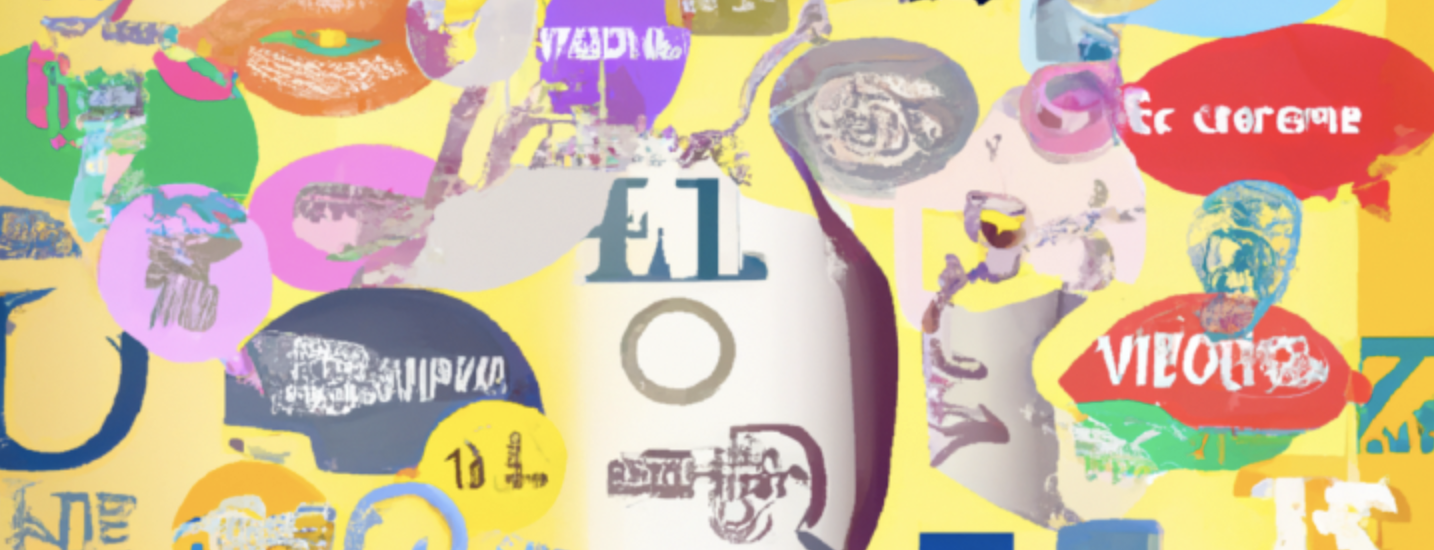Interpreting as a Profession
Interpreters are important language professionals who facilitate communication between two or more people who do not share a common language. They interpret spoken or written messages from one language into another, ensuring that the meaning is conveyed accurately and faithfully.
Interpreters play a vital role in many settings, including courtrooms, conferences, business meetings, and medical appointments. They must be able to listen carefully and accurately render the meaning of the message in the target language, often with little time to prepare. Interpreting is a complex and challenging task that requires a high level of skill and proficiency in both the source and target languages.

In addition to linguistic ability, interpreters must have a good understanding of the subject matter, as well as the cultural context in which the communication is taking place.
If you are considering a career as an interpreter, it is important to get professional training from an accredited institution. In addition to increasing your chances of success in the field, professional training will give you the opportunity to develop the skills and knowledge necessary to provide high-quality interpretation services.
The impact of Artificial Intelligence on the Profession
We all know that language interpretation is a complex and difficult task. Even for humans, it can be a challenge to understand what someone is saying when they’re speaking a different language.
This is where artificial intelligence (AI) comes in. AI is increasingly being used to assist with language interpretation, both in terms of translating one language to another, and also in helping humans to understand what is being said. This is an incredibly important development, as it has the potential to help break down language barriers and improve communication between people from different cultures.

There are a number of different approaches that AI can take to assist with language interpretation. One is to use machine learning algorithms to learn how to translate one language to another. This is a particularly effective approach for translating between closely related languages, such as French and Spanish. Another approach is to use AI to help humans to understand spoken language. This can be done by providing a visual representation of what is being said, or by providing a written translation.
This is an area that is still being developed, but there are already some impressive examples of it in action. Overall, AI is playing an increasingly important role in language interpretation. This is an area that is only going to become more important in the future, as the world becomes increasingly connected.
Written entirely by GPT-3, without any editing. GPT-3 is a language model that uses deep learning to produce human-like text. Illustrated by Dalle-2, an AI system that can create realistic images and art from a description in natural language.
